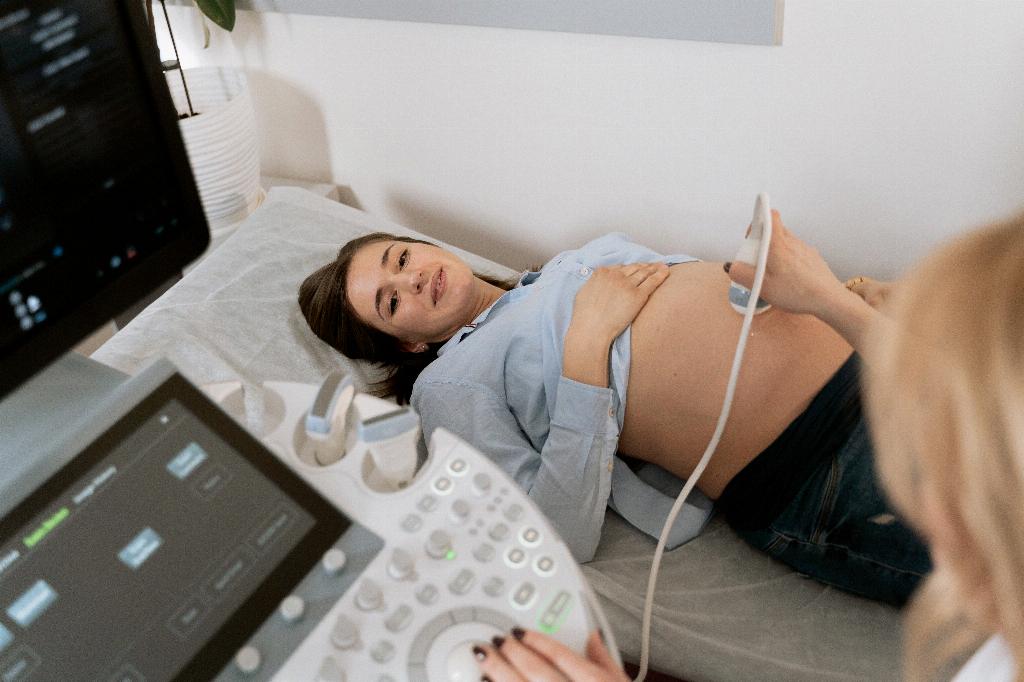When it comes to detecting breast cancer, understanding what a cancerous lump feels like can be crucial in early diagnosis and treatment. According to Dr. Comander, a cancerous lump is typically hard to the touch, unlike normal breast tissue that tends to be soft and pliable. This distinction in texture is a key indicator that warrants further investigation.
In addition to being hard, a cancerous lump often presents with angular, irregular, and asymmetrical edges. This is in stark contrast to benign lumps or cysts, which usually have smooth and well-defined borders. The irregular shape of the lump can be a red flag for potential malignancy, prompting individuals to seek medical attention.
It’s worth noting that for a cancerous lump to be palpable, it tends to be relatively large in size and positioned closer to the surface of the skin. Smaller tumors or those located deeper within the breast tissue may not be easily felt during a routine self-exam. Regular breast self-checks are essential in familiarizing oneself with the normal texture of breast tissue and identifying any new or suspicious changes.
One of the key characteristics of a breast cancer lump is its immobility. Unlike benign lumps that may move around when touched, cancerous lumps are typically fixed in place. This lack of mobility, coupled with the aforementioned traits of hardness and irregular shape, can serve as warning signs that prompt further evaluation by a healthcare professional.
Some individuals describe a cancerous lump as feeling like a small pebble or a hard marble embedded within the breast tissue. The presence of a distinct mass that stands out from the surrounding tissue can raise concerns and prompt individuals to seek a clinical breast examination to determine the nature of the lump.
Although breast lumps can be associated with various conditions, including benign cysts, fibroadenomas, or hormonal changes, any new or suspicious lump should be promptly evaluated by a healthcare provider. Understanding the characteristic features of a cancerous lump can empower individuals to take proactive steps in monitoring their breast health and seeking timely medical attention if needed.
It’s important to remember that not all breast lumps are indicative of cancer, and many turn out to be benign. However, being vigilant about changes in breast tissue texture, shape, or size can aid in early detection and improve outcomes in case malignancy is detected. Regular breast screenings, self-exams, and clinical evaluations are integral components of breast health maintenance.
Given the significance of early detection in breast cancer prognosis, educating oneself about the potential signs and symptoms of the disease can pave the way for timely intervention and treatment. While it’s essential to be proactive in monitoring breast health, it’s equally important to consult a healthcare professional for accurate diagnosis and personalized care.
Individuals are encouraged to perform monthly breast self-exams to become familiar with the normal look and feel of their breasts. Any new lumps, changes in nipple appearance, skin dimpling, or nipple discharge should be promptly reported to a healthcare provider for further evaluation. Open communication with healthcare professionals can help address concerns and facilitate appropriate management.
Regular mammograms, clinical breast examinations, and breast ultrasounds are instrumental in detecting breast cancer at early stages when treatment is most effective. Following recommended screening guidelines based on age, family history, and risk factors can help identify abnormalities that may warrant additional testing and evaluation.
Despite advancements in breast cancer research and treatment, awareness and early detection remain paramount in improving outcomes and survival rates. Understanding the characteristics of a cancerous lump and staying proactive in breast health monitoring can contribute to identifying potential issues early and accessing timely medical interventions.
By being vigilant, informed, and proactive in nurturing breast health, individuals can empower themselves to make informed decisions, seek appropriate care, and prioritize their overall well-being. A comprehensive approach to breast health that includes self-awareness, screening, and collaboration with healthcare providers is key in promoting early detection and positive outcomes in breast cancer management.

